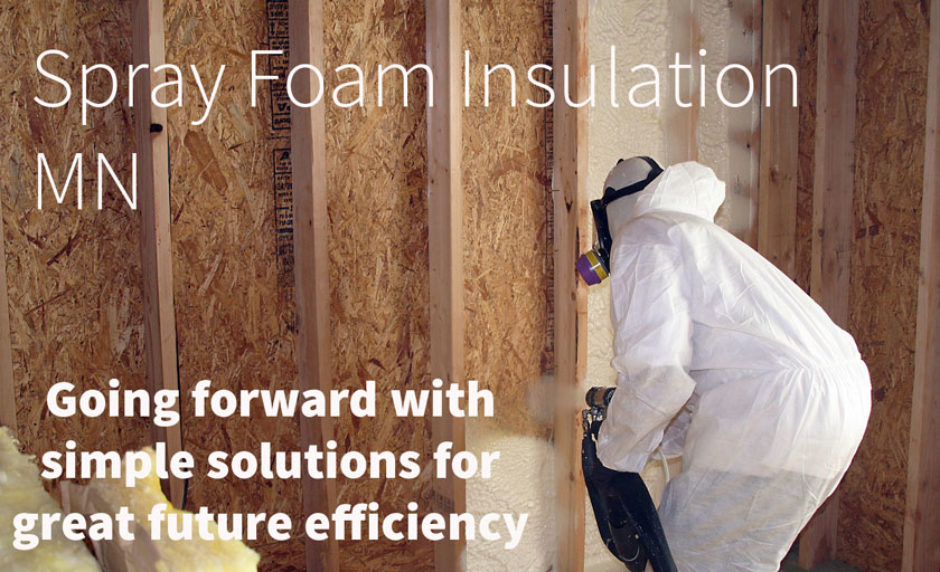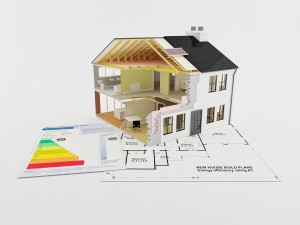When you are trying to achieve better energy efficiency in your home, there are many ways to do this. Many homeowners do a process of adding a programmable thermostat, compact fluorescent bulbs, water shower heads that slow water flow, turn down water heaters, add window coverings with insulation properties, or even remove the dryer from the home. But most people forget about adding insulation when they are looking to improve energy efficiency.
Find a better Energy Efficiency Plan
No better way to build your home energy efficient than by adding a great layer of insulation in the attic, walls and foundation of your home. It will protect your home from the wind, rain and moisture of the surrounding areas, and become a buffer for your home. Insulation is rated up to 100, and comes with great purpose to create a cost savings on many parts of your utility bills, and energy consumption. It makes no sense to buy new windows, a new energy efficient furnace, or even seal your home from drafts, when the major parts of your home are not insulated. Most builders recommend at least an R value of 50, and I believe going above this value is even more important.
Energy Efficiency Begins with Insulation
The walls, attic and foundation are the largest parts of your home, and support your home to create an interior environment that will offer a buffer from the outside weather and extremes of your climate. No matter where you are, it is very important to blanket or insulate your interior environment from the outside. When you add insulation to your home, you are encouraging all the other cost initiatives you may try to utilize to work better. The best course of action, is to use spray foam, with a mix of cellulose insulation in certain areas, to create this blanket and buffer from the outside elements.
Why would you buy an expensive energy efficient furnace, when it only works to heat efficiently, to have the heat only escape each time it works? The right answer is insulation, and the kind of insulation that will bring great energy efficiency to your home.
Long Term Energy Efficiency
Adding insulation to your home or garage is a great way to increase energy efficiency. Simple changes to adding extra insulation around windows, doors and any plumbing or utility areas will always cost the homeowner at least $100, but without full insulation, the cost savings will not be there. Energy costs will only continue to grow, as our resources and natural gas stores become more scarce. With a properly insulated wall and attic built home, a wood furnace can efficiently heat that home with nothing more than a few cords of wood a month. The cooler homes are as well, insulated from the heat and humidity. If you are worried about mold, insulation is the right answer as well.
Energy efficiency begins with a plan, and insulation is the right way to start.

